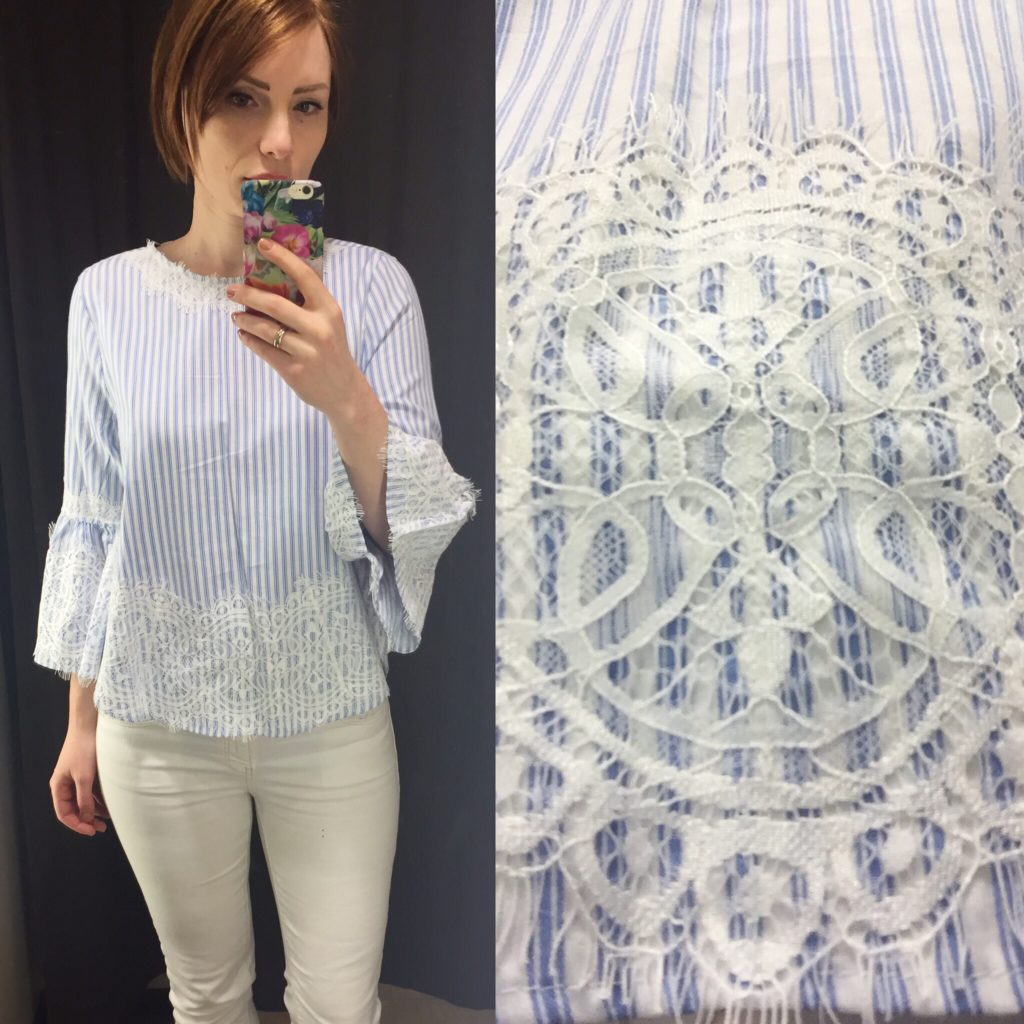I’ve been binge-reading thrillers lately (Ruth Rendell and Barbara Vine) so I don’t have a lot to report this week. What I am dying to talk about, though, is Master of None. If you’ve seen it, you don’t need me to tell you how good it is. If you haven’t … don’t wait, run and watch it. You can thank me later. You WILL thank me later.
The first season is excellent, but the second season is superb. Some of the episodes, like Thanksgiving and New York, I Love You are among the best TV I’ve ever watched. I love Denise, and Denise’s relationship with Dev. I have a not insignificant crush on Brian. I want to move into Arnold’s apartment with its books and its tiny chandelier. I am fond of and strangely invested in too many recurring characters to count. I love the way that the show builds its characters and their respective relationships; there’s continuity and a sense of growth, but none of it feels too pat, too “written for TV” if you know what I mean. It’s like a tapestry, weaving together diverse characters and stories. And the diversity is not of the token variety, either. The show doesn’t hit you over the head — “look how progressive we are, wink wink” — but it’s also unapologetic about spending time with issues and plotlines that, in different hands, would read as very “episode of the week”.
So, again, I say: watch Master of None. You will not regret it.
OK, now I want to talk about two specific things. One, when it first came out, Master of None got a lot of press for being a show that reflected the experience of immigrants’ kids (i.e. first generation Americans). I was intrigued by this because, well, I’m an immigrant and I’m of the same generation as Aziz Ansari, who co-wrote the show. The difference, I realized after I started watching, is that I am actually not a first generation Canadian. I was born overseas and came here as a teenager. So, while there are some similarities in my experiences versus those reflected in the show, there are also some key differences. Like friends who also emigrated as teens, I find that my experiences are a mix of “old country” (similar to those of my parents growing up) and “Canadian” (like my peers). So I was left wondering if my own children, who are actually first generation Canadians on both sides, will have experiences like Dev and Brian. To be honest, neither my husband nor I are strongly attached to our respective ethnic backgrounds/cultures (myself, in particular) so I don’t think there will be a significant “gap” between our kids and us as they get older.
Second, we need to talk about Francesca. I adore Francesca. I adore her in a borderline creepy way, where I simultaneously want to be her best friend … and to actually be her. She is so damn beautiful. She’s also funny and sweet, and if she is borderline Manic Dream Pasta Girl (I wish I could take credit for that, but I can’t) she’s so charming that it doesn’t even matter. For what it’s worth, I don’t think she’s a good match for Dev, but I can’t blame the guy for trying. I would be trying too. Pretty much the entire Internet has fallen in love with Francesca. And most of us are now desperately googling “Italian girl style” when what we really want to know is: how can we look like Francesca? I mean, yes, actually looking like her is out of the question, but dressing like her? Projecting that same playful, polished elegance? How does one do that?
Not that I’ve thought about this way too much in the last couple of weeks (except that I have), but I think the key difference between French and Italian chic is approachability. As someone who feels like a dork a good majority of the time, the coolness factor of French style is where I’ve always felt that I fell short of that particular ideal. Italian chic seems like it might be more … achievable? Maybe? Sure, it’s about simplicity and impeccable tailoring, but there is also an element of fun. I don’t like polka dots that much personally, but maybe florals can be my polka dots? Can someone distill down the essence of Francesca’s style? I feel a wardrobe overhaul coming. This interview with the costumer designer for the show is a good start, but I need more details, dammit. More analysis. Break it down for me. Pretty prego.
And if you’re dying to talk more about the show like I am, let’s chat in the comments. I’ll throw on a SPOILER warning too, because that cliff-hanger ending … ooof. We NEED to talk.

